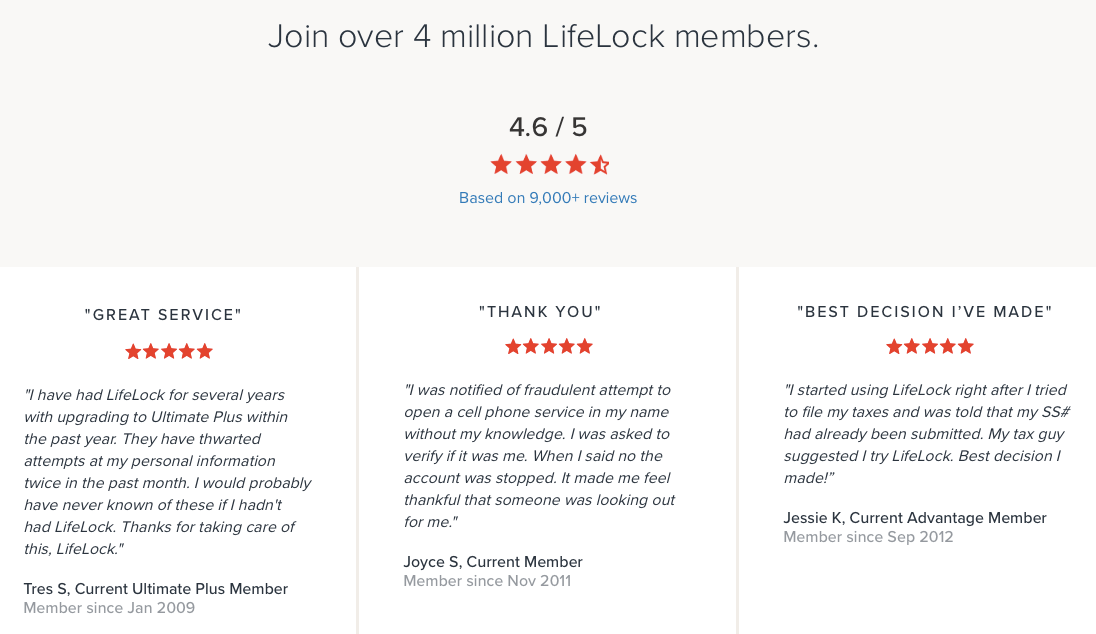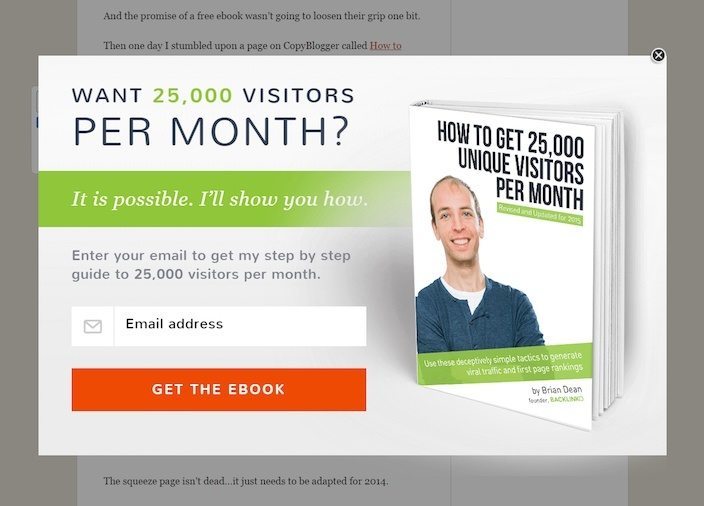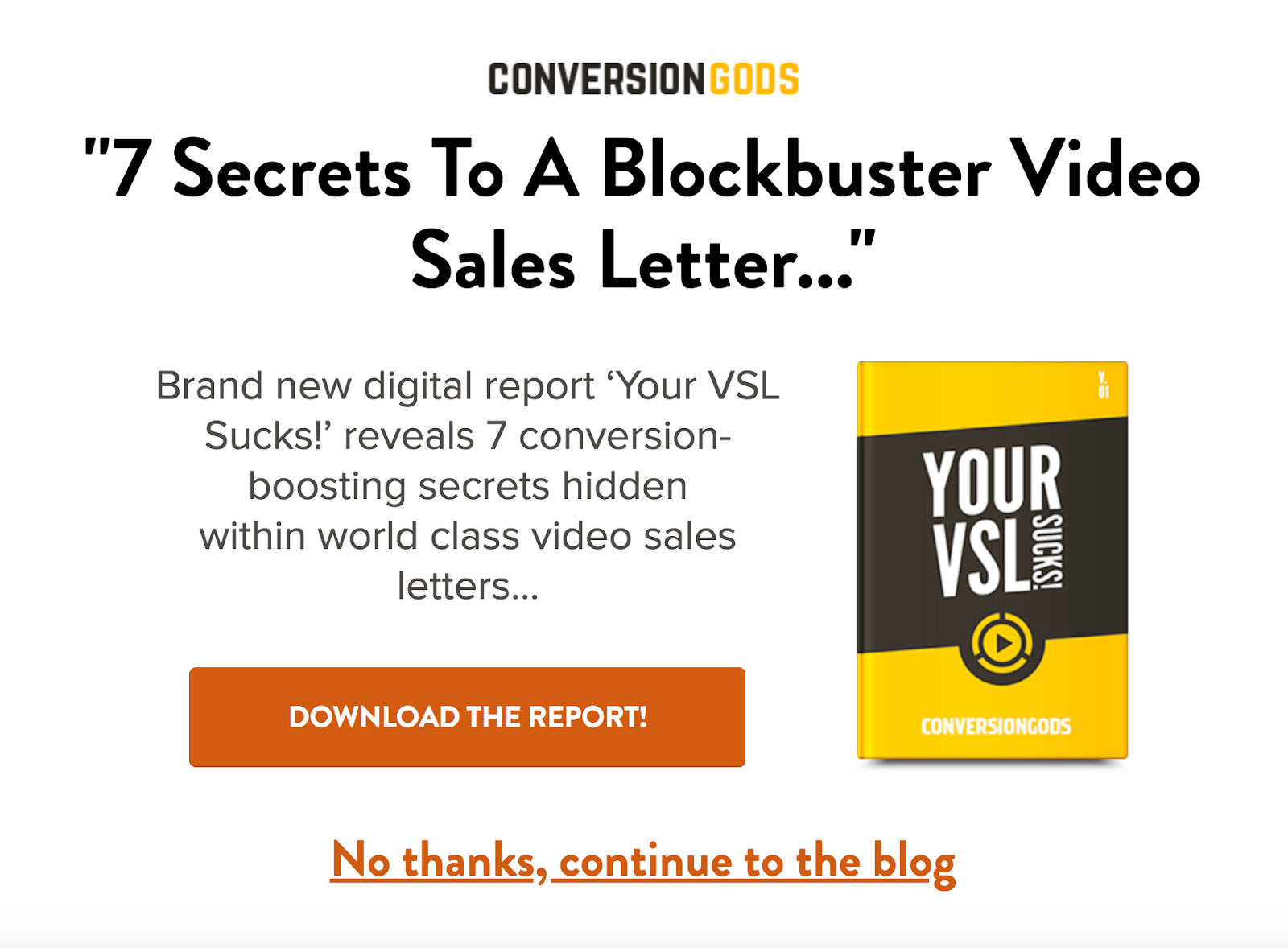Current user behavior shows that the attention span of the visitors is very low as many distractions and alternatives are surrounding in the online space.
That fact leads to obvious stress on every online business to capture visitor attention at the first sight, even in seconds…
That’s why the landing pages are vital for converting visitors into leads in the first step of creating a relationship between your company and a potential customer.
What is a landing page?
Confusion about landing page definition remains among experts and these definitions over the landing pages mislead the marketers about the basics.
To make it more clear for you, differently from every other blog, we start pointing the definition from the reverse perspective and show you what is incorrect at first.
Landing pages are the first screen that visitors land on after-click action through an advertisement, social media post. That is not correct.
Landing pages are the collection of website materials like homepage, about page, contact page, a specific product page after a click is performed. That is not correct.
So, what is the correct definition?
A landing page is an independent page, distanced from the common flow and navigation of your website, tailored for the sake of motivating users to take the desired actions such as finalizing the purchase, free trial, downloading the ebook, webinar registration, etc..
Now let’s catch the sneaky difference between a homepage / standard resource and landing page.
The ultimate goal of a homepage may not be converting users, it may serve for other purposes such as showing the value of the product or service, guiding users to navigate the website, providing adequate company information, etc..
On the other hand, the one and only objective of a well designed landing page is to convert random visitors into qualified leads or actual customers.
Conversion optimization experts in marketing would even advise designing plain designs. Consisting just form and call to action with no navigation, top bar to prevent distracting visitors would be a great approach.
It’s this pure concentration that prepares landing pages for the optimal choice to increase the conversion rates of your marketing campaigns and at last, optimizing your costs of acquiring a lead or sale.
Why Does Every Campaign Need Its Own Post-Click Landing Page?
The Mission of Conversion Rate Optimization
Every different campaign needs to have a unique and specifically tailored post-click landing page. Online businesses experience a 55% increase in leads after increasing their number of landing pages from 10 to 15.
Imagine you convince a user to click on your advertisement, you don’t want to show a generic home page or about a page in other words, a page which does not help your targets.
Complex home pages or product pages have a risk of complicating the user decision, whereas a great landing page starts the user journey from a clear point, points out what will be received at the first sight which will result in fine-tuned visitor engagement and eventually optimized conversion rates.
CPC Optimization
But, the best part has not come yet. Investing in paid channels is inevitable for any type of business. With the positive experience that dedicated landing pages create, you can guarantee your spendings and ensure that you will get the most out of your PPC spend.
By matching the promotion message with a post-click landing page, you can increase the possibility of conversions.
If you don’t have any intention to use a dedicated post-click landing page, your campaign won’t reach its real potential.
Google has a very strict statement on that post-click landing page affects directly the Quality Score of your paid campaigns.
Lacking a dedicated post-click landing page without any keyword related to your Google Ads campaign causes lower visibility, less visitors and ultimately marketing dollars on the table because according to Google that type of irrelevant links between ads and landing page point to a poor user experience.
Key Components of an Optimized Landing Page
No Navigation
Your landing page design should hide top and side navigation bars from the site so that nothing distracts visitors from completing the form. Let them focus on what you are offering at that moment, give them no chance.

A case study held by landing page technology showed us that removing navigation bars result increased conversions by 100%.
Striking Headline
Whether the visitors hang and engage or navigate away could depend on what your headline underlines. That’s why it’s critical that your headline has a clear and captivating sound. It should address your value like crystal clear.

Visitors should immediately understand what kind of ebook or event or demo they’re signing up for, how much the discount is for, or what product you’re launching.
An Eye-Catching Image

A strong image for your value might be the cover image of your ebook, a screenshot of the webinar, a quick teaser of the video, or a graphic design stating the discount or sale available. That approach provides landing page visitors something visual to match the text they read.
Lead Capture Form
The fields where the website asks for user information such as name, email address to capture the user information. The magic here is just keeping the lead capture form short but effecitve.
.webp?width=800&height=370&name=landing-page-form%20(2).webp)
According to research, if you diminish the number of form fields to 11 to 4, you will have a great chance of optimizing your conversion rates.
Attractive CTA Button
The copy of cta button is what motivates and directs your visitors to perform the targeted conversion on your landing page.
Instead of using generic ctas such as “Submit Now”, be more precise and use clear cta copy “Download Ebook Now”.

Social Proof or Testimonial
Social proof is the positive feeling created when a person figures out that others are taking similar actions. If the visitor spots that people who have acquired the offer are speaking positively about it, they are more inclined to move forward through the conversion tunnel.

If you run out of ideas, there is a great resource that you can grab ideas and inspiration about landing pages.
What are the landing page types?
Now let’s have a look at different types of landing pages that can be used for different conversion targets.
Squeeze Page
A squeeze page is launched to capture (or referred to as “squeeze”) a visitor’s email address by providing a valuable offering special offer, presenting great service or delivering insightful content in return.
Motivating users to fill out a form and opt-in to a subscriber list generates a user base which gives an opportunity to create an ongoing relationship with possible future customers.

After collecting visitor emails through lead capture pages (very similar to a squeeze page, but generally consists of more information such as name, business name, email address, job title, and industry) you can start nurturing your user base to form a long lasting relationship through your sales funnel.
This is the moment where good marketing transforms to sophisticated marketing with a nutrition based consultative approach.
Here are some of the offerings or important element that marketers can use to attract leads on squeeze pages;
- Ebook
- Whitepaper
- Newsletter
- Video or webinar
- Free report
- Podcast
- Slide deck
- Template, worksheet
- Online tool
- Online course
- Free consultation
Splash Page
Differently from Squeeze Page, a splash landing page doesn’t always have a lead capturing objective.
These pages are shown just before discovering the rest of the website and they may have various goals such as announcing new features, presenting a special offer, warning about something, asking “Yes” or “No” questions.

Splash Page does not operate like other landing page types. It is more large popups which work on the front layer of the website.
The most common use cases of a Splash Page:
- Age verification
- Country/City/ZipCode confirmation
- Language confirmation
- Asking specific preferences
- Company update
- Special offer announcement
- Warning
Paid Ads Landing Page
Here’s a proven fact!
If you don’t optimize your landing page for the visitors coming through from your paid ads, you’re leaving a chunk of money on the table.
As any marketer’s ultimate goal is to have leads or sales with high ROI, launching a dedicated landing page designed with related keywords of your ad campaign must be an inevitable marketing strategy.
For example, you scroll down on Facebook and see an attractive B2B tech company paid ads that evokes your interest. You click ads and you are directed to a post-click landing page.
What should be the next step?
Scenario One: You see irrelevant website sections such as the pricing page or homepage stuffed with features and eventually you feel lost and leave the page.
At the end, the marketer’s cost rises and the performance of the ad campaign drops.
Scenario Two: You are landed on a strategically designed squeeze landing page which is completely relevant to the ads asking for your information in order to send insightful contents.
You drop your email and start receiving recurring contents. After you move forward through the funnel, maybe one the conditions are ready, you decide to purchase the service. At the end, the marketer’s CPC drops and with that smart action the success of the campaign ads is proven.
Don’t forget to always be A/B testing your landing pages.
Conclusion
Now that you have a clear understanding about the basics and the components of a landing page. To summarize, the biggest learning of that article should be; regardless of your industry, you should design and launch dedicated landing pages for different conversion goals.
By doing that not only you optimize your conversions but also you reduce your advertising costs by providing enterprise level experience.
So, what is next?
It’s time to assess your business and explore when and why you should use landing page. If you aim to expand your knowledge and receive dedicated service from a landing page agency, we would be more than happy to have a chat with you.
Receive resources directly to your inbox
Sign up to get weekly insights & inspiration in your inbox.





